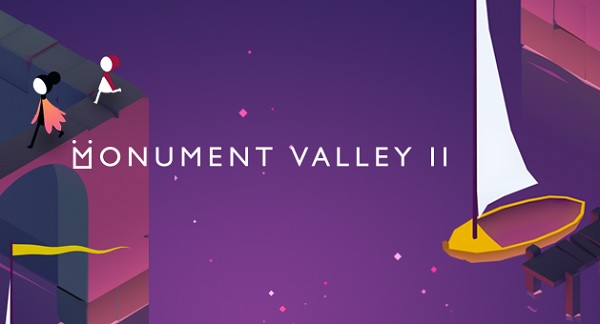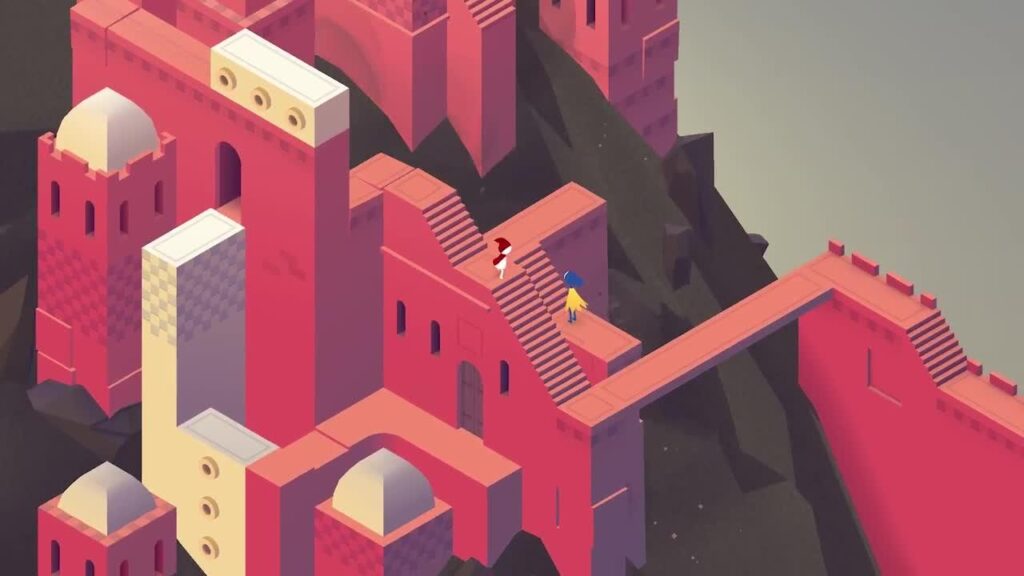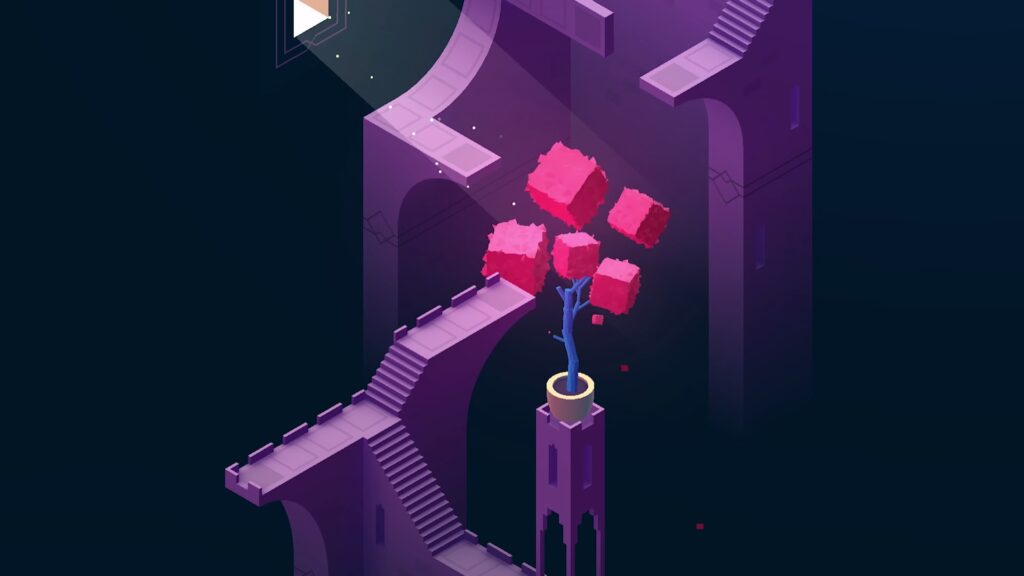The most important skill for a creative person is writing. When you write well, you are able to inspire and explain concepts. I like to write and practice my writing skills. I am not a English native speaker, but still I love to practice my English writing skills and improve them.
I feel that I am more effective on paper than in person. Maybe because I am tall but not intimidating, I don’t know. With my words, I get more authority in what I say, or at least that’s how I feel.
There is a tendency to avoid too much documentation to read and share. I am very much against that, to me, words are important. Words matter a lot, and we should care about that part very much. Both design and tech documentation are very important.
Speaking of which, my game Pawtners Case is going forward. I found an Italian outsourcing company that is helping me with its development. They like to write, I am lucky to have met them. You can watch the last videos here on my Italian substack.


